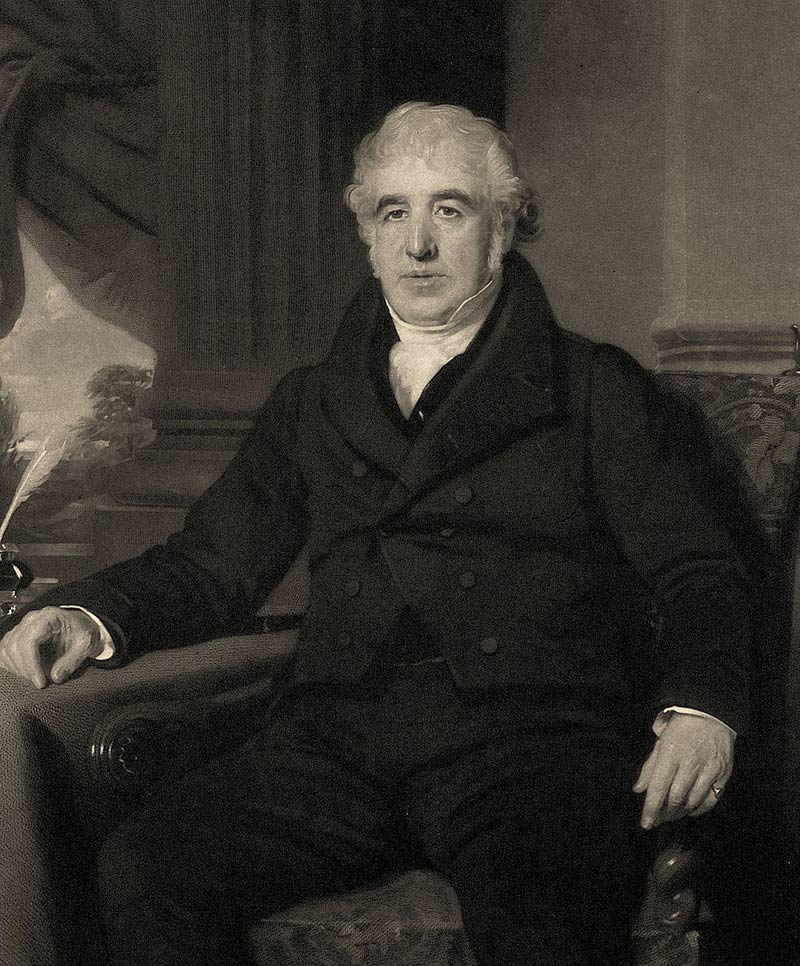Macintosh, Charles (1766–1843)

Charles Macintosh was a Scottish chemist who invented the waterproof fabric eventually known as Mackintosh (1823), a layer of rubber dissolved in naphtha being sandwiched between two layers of cloth. Quality was much improved with the advent of vulcanized rubber (patented in 1844 by Charles Goodyear) which could withstand temperature changes.
Macintosh was born in Glasgow, the son of a successful businessman. He was educated at the University of Glasgow and became an apprentice to a chemist at the age of 18. He spent much of his time experimenting with various chemicals and became particularly interested in the properties of rubber and how it could be used to create a waterproof material. Macintosh went on to use his Mackintosh cloth to create a range of waterproof garments, including coats, hats, and capes. These garments were particularly popular with outdoor workers, such as farmers and fishermen, who needed protection from the rain and wind. The Mackintosh quickly became a must-have item for anyone who spent time outdoors.
In addition to his work on waterproof materials, Macintosh was also interested in chemistry more broadly. He worked on a range of other projects, including the development of a new type of bleaching powder and the production of ammonium chloride. He was also a member of the Royal Society of Edinburgh and was awarded a number of prestigious awards and honours for his work. Despite his success, Macintosh experienced financial difficulties throughout his life. He struggled to make a profit from his waterproof clothing and was forced to declare bankruptcy in 1843. However, his legacy lived on, and the Mackintosh coat continued to be produced and worn for many years after his death.


